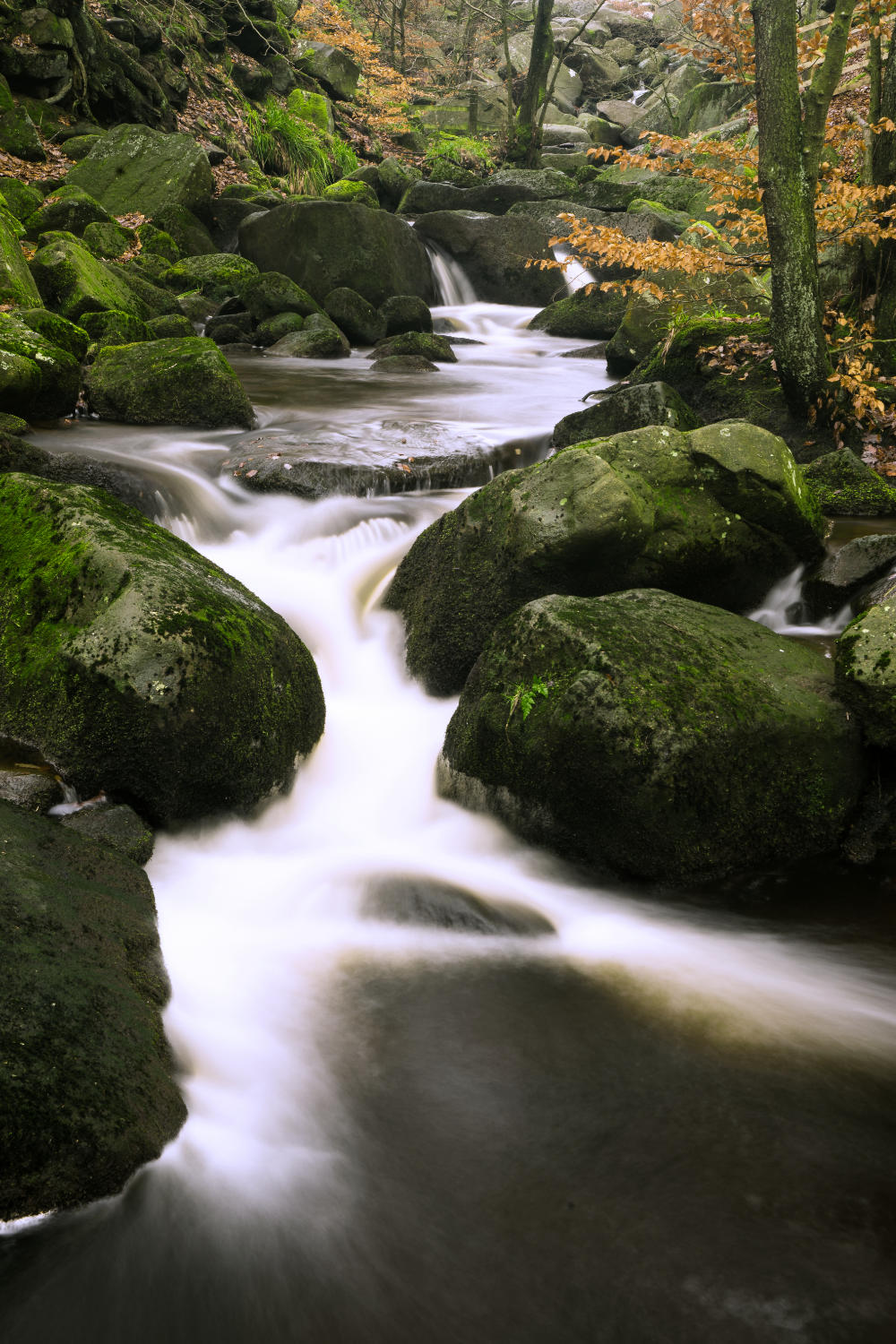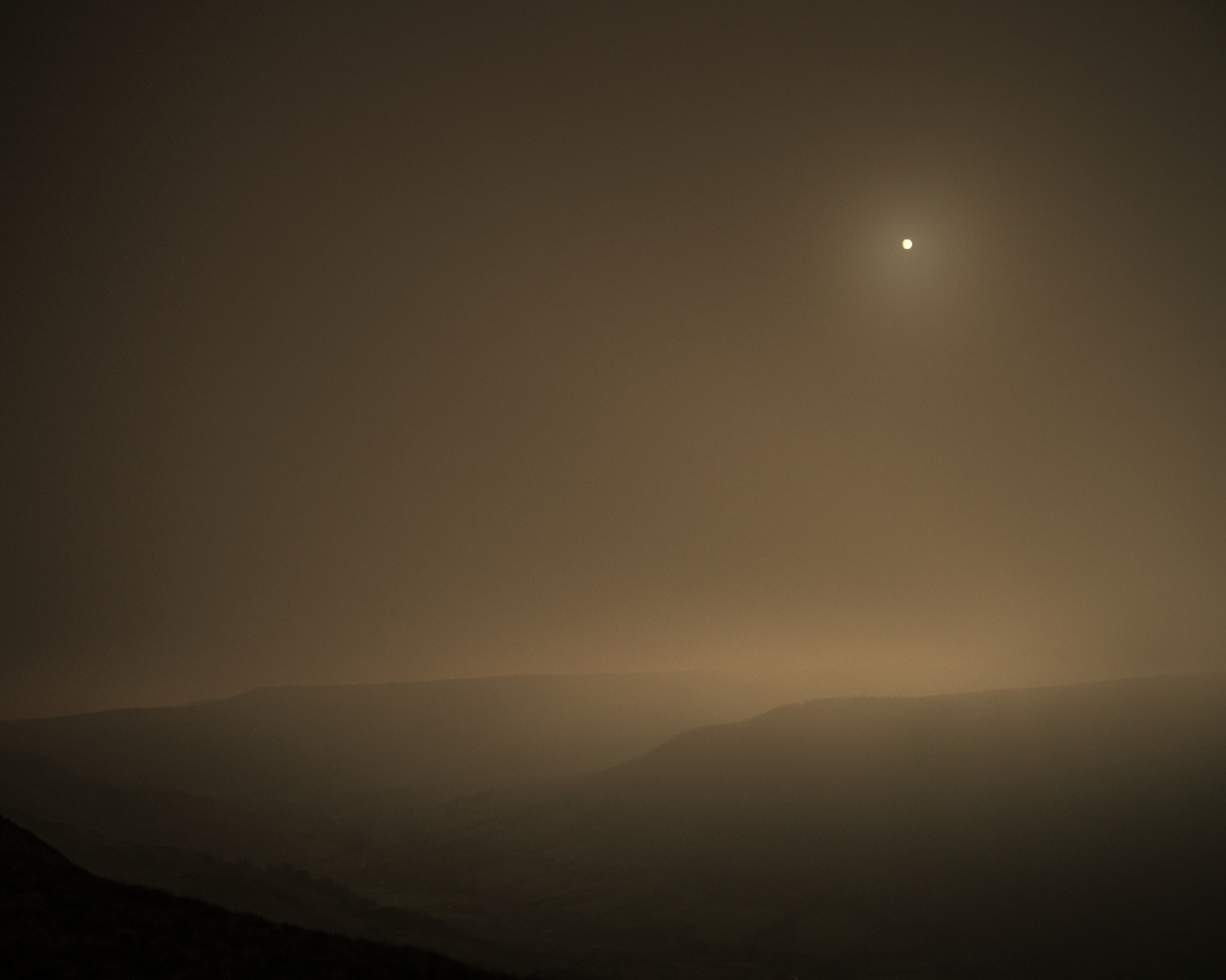Following on from my one to one courses on Landscape and Macro photography I have had a number of requests for a basic introduction to digital photography for those of you who may have purchased your first camera and kit lens combination and would like some guidance on what you can achieve with this set up before you move on with kit upgrades etc.
I would always recommend that you spend time using the lens that came with your camera as they are designed to be versatile and allow you to explore many areas of photography and allowing you to develop your own interests and style.
These days will be designed to get you used to the controls of your camera, remember there is no option to use the auto function on these days. Hopefully you will never need to use this option again and can fully unleash your creativity.
I will try and tailor these days around your photography interests so will discuss this with you before the day. I would also be very happy to speak before you book in case there are any conflicts with what you want to shoot and what your kit is capable of. For instance if you have a camera and 18-50mm kit lens and tell me you are interested in shooting small birds in flight I can advise you that this set up is not going to be suitable.
I am trying to keep the cost of these down as I know it can be a struggle when you have just paid out for an expensive camera and lens. As always I am very happy for you to keep in contact after the course if you have any questions after the day or need help in any way.
Cost for six hours tuition £65
You can contact me on 07791426742 or the contact page on this website.
You can also book directly on the calendar below. I look forward to hearing from you.
Hello, World!









